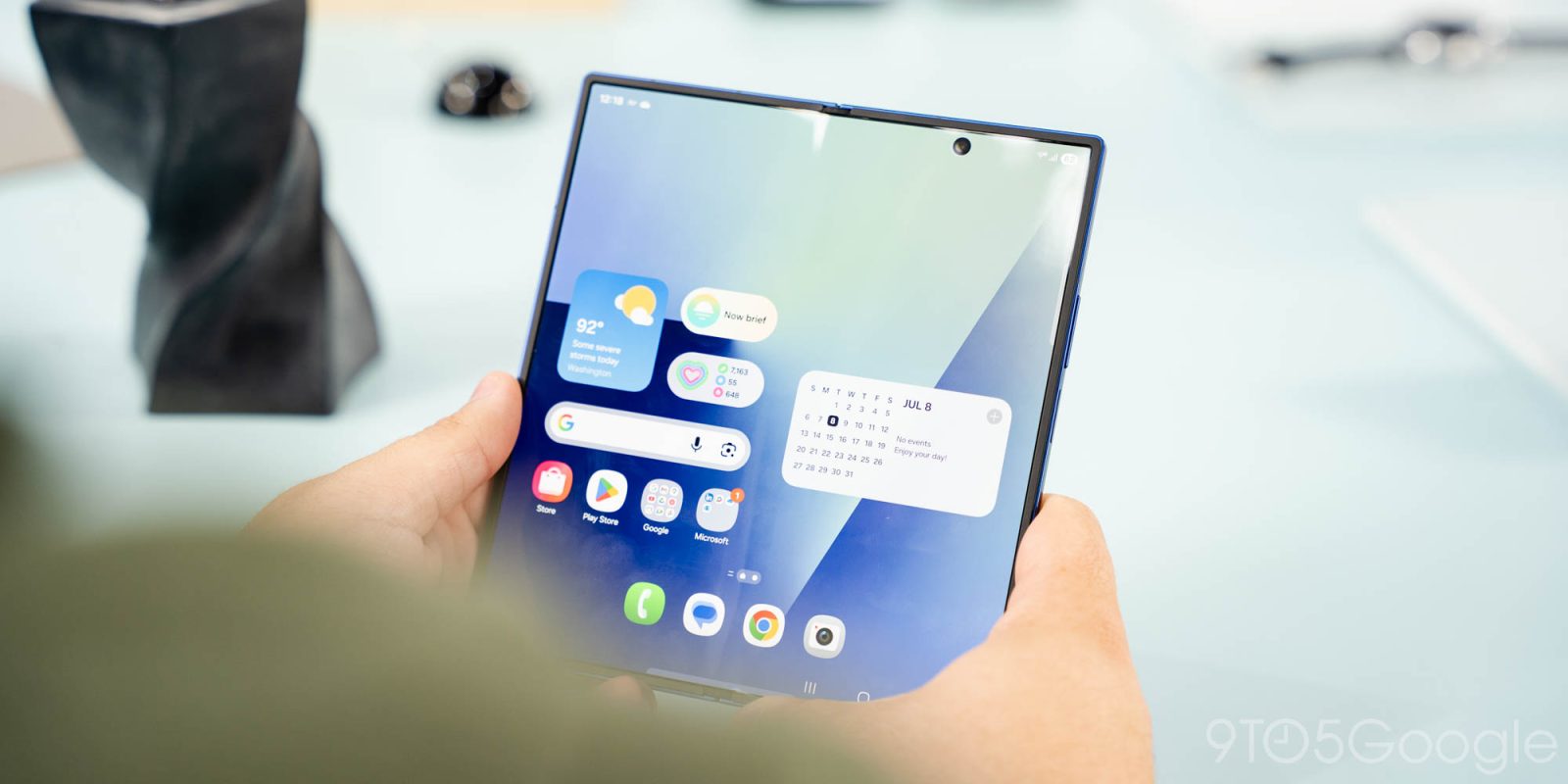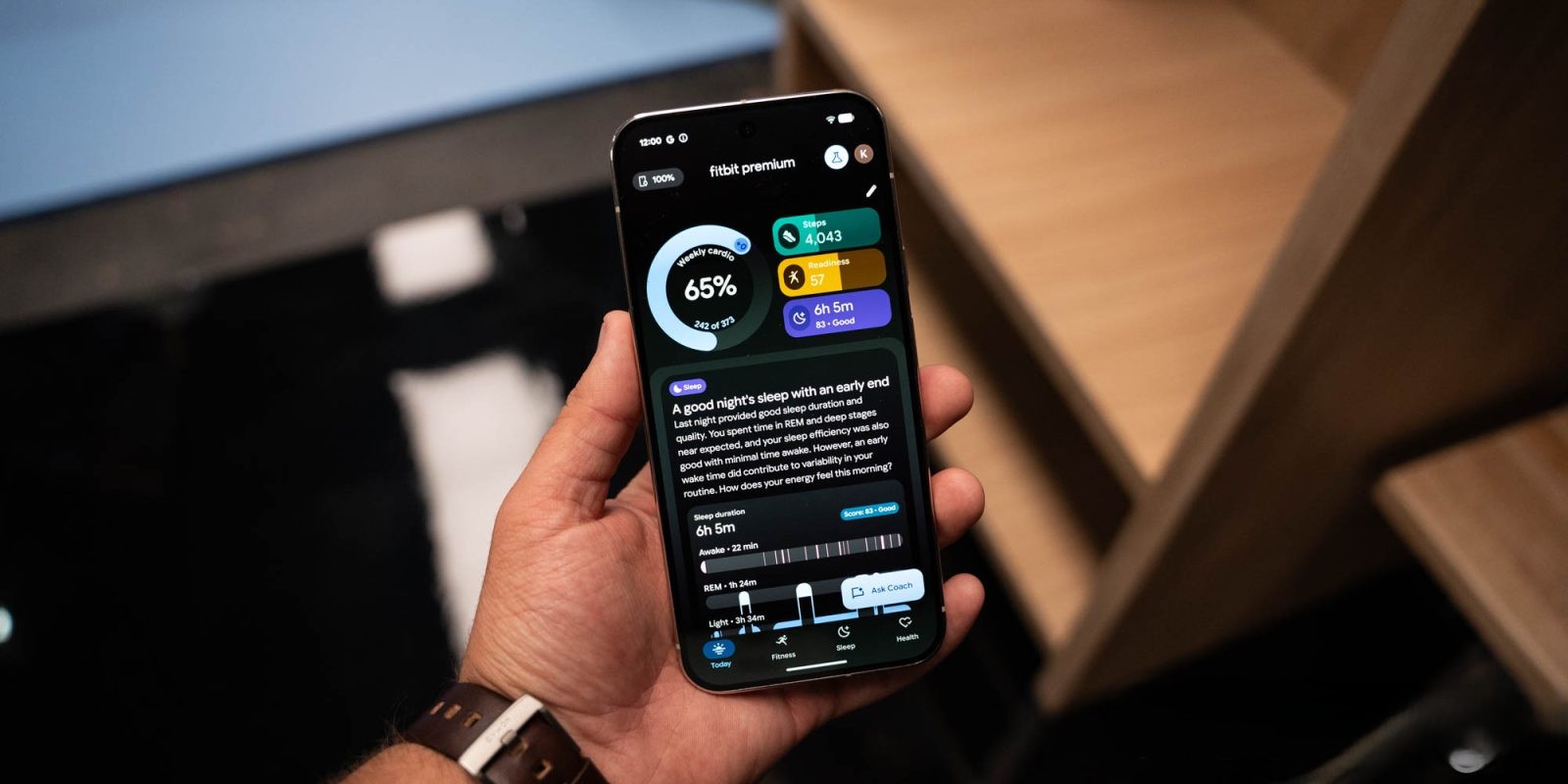Google’s Gboard, the widely-used virtual keyboard for Android devices, has unveiled a new feature that allows users to independently adjust the font size within the keyboard interface. This enhancement aims to provide a more personalized and comfortable typing experience, catering to individual preferences and accessibility needs.
Introduction of the Font Size Setting
In its latest update, Gboard has introduced a dedicated Font size option, enabling users to modify the size of the characters displayed on the keyboard. This feature is accessible through the following steps:
1. Open Gboard Settings.
2. Navigate to Preferences.
3. Select Font size under the Appearance section.
Upon accessing this setting, users are presented with a range of font size options, starting from 85% and increasing up to 200%. The default setting is Match System, which aligns the keyboard’s font size with the device’s overall system font size. However, with this new feature, users can now customize the keyboard’s font size independently of the system settings, allowing for a more tailored typing experience.
Visual Impact and Customization
Adjusting the font size affects not only the letters and numbers on each key but also the tool icons located in the suggestion strip above the keyboard. This comprehensive scaling ensures a consistent visual experience across the entire keyboard interface. It’s important to note that while the font size of the keys can be adjusted, the size of emojis remains unchanged; only the category titles for emojis are affected by the font size adjustments.
This level of customization is particularly beneficial for users who may have visual impairments or prefer larger text for ease of reading. By allowing the keyboard’s font size to be adjusted independently from the device’s display settings, Gboard offers a more flexible and user-centric approach to personalization.
Rollout and Availability
The dedicated font size setting was initially introduced in the beta version 15.9 of Gboard. Following a period of testing and refinement, the feature has now been widely rolled out with the stable version 16.0 release. Users who have updated to this version should see a Keyboard font size updated banner upon opening Gboard, indicating the availability of the new setting.
This rollout reflects Google’s commitment to enhancing user experience by providing more granular control over the appearance and functionality of its applications. By incorporating user feedback and focusing on accessibility, Gboard continues to evolve as a versatile and user-friendly keyboard option for Android users.
Contextual Background
The introduction of the font size adjustment feature is part of a series of updates aimed at improving Gboard’s usability and customization options. In recent years, Gboard has undergone several visual and functional changes, including:
– Dynamic Color Theme Updates: In February 2025, Gboard rolled out tweaks to its Dynamic Color theme, simplifying the color scheme and enhancing visual consistency across the keyboard interface.
– Introduction of the Resize Feature: In August 2023, Gboard introduced a more visual and granular way to customize the keyboard’s size and position through the Resize feature. This allowed users to adjust the keyboard’s height and width, providing greater flexibility in its appearance.
– Changes to Key Shapes: In March 2025, Gboard began testing circle and pill-shaped keys, moving away from the traditional rounded rectangle design. This aesthetic change aimed to modernize the keyboard’s appearance and improve touch target accuracy.
These updates demonstrate Gboard’s ongoing efforts to adapt to user preferences and enhance the overall typing experience on Android devices.
User Feedback and Future Developments
The addition of the font size setting has been met with positive feedback from users who appreciate the increased control over their typing environment. By addressing the diverse needs of its user base, Gboard reinforces its position as a leading virtual keyboard application.
Looking ahead, it is anticipated that Gboard will continue to introduce features that prioritize user customization and accessibility. Potential future developments may include:
– Enhanced Theme Customization: Allowing users to create and share custom themes, further personalizing the keyboard’s appearance.
– Advanced Text Prediction and Correction: Implementing more sophisticated algorithms to improve typing accuracy and speed.
– Integration with Other Google Services: Seamless integration with services like Google Translate and Google Assistant to enhance functionality.
By staying attuned to user feedback and technological advancements, Gboard is poised to remain a versatile and user-friendly keyboard option for Android users worldwide.
Conclusion
The introduction of a dedicated font size setting in Gboard marks a significant step towards enhanced user personalization and accessibility. By allowing users to adjust the keyboard’s font size independently of system settings, Gboard caters to individual preferences and needs, ensuring a more comfortable and efficient typing experience. As Gboard continues to evolve, users can look forward to further innovations that prioritize customization and user satisfaction.



